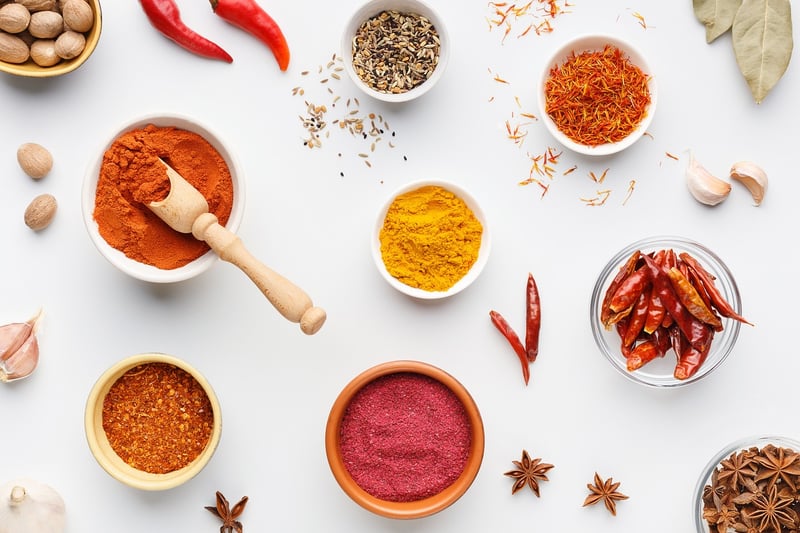International Flavors
Key Elements in International Flavors
When it comes to exploring international flavors, there are certain key elements that make the culinary experience truly exceptional. From spices to cooking techniques, each element contributes to the richness and diversity of global cuisine. Let's dive into the essential components that define international flavors.
Spices and Seasonings
One of the most distinctive features of international cuisine is the use of a wide variety of spices and seasonings. Whether it's the aromatic curry blends of India, the fiery chili peppers of Mexico, or the fragrant herbs of the Mediterranean, spices play a crucial role in adding depth and complexity to dishes.

Cooking Techniques
Another key element of international flavors is the diverse range of cooking techniques employed in different cultures. From stir-frying in Asian cuisine to slow-roasting in European traditions, each method brings out unique flavors and textures in the dishes.

Ingredients
Global cuisine also showcases a diverse array of ingredients, from exotic fruits and vegetables to rare spices and grains. The use of fresh, locally sourced ingredients is a common practice that enhances the authenticity and flavor profiles of traditional dishes.

Flavor Combinations
One of the most exciting aspects of international flavors is the creative pairing of ingredients to achieve a harmonious balance of tastes. Sweet and savory, spicy and tangy, each cuisine offers a unique blend of flavors that tantalize the taste buds.

Exploring international flavors opens up a world of culinary delights, where each dish tells a story of tradition, innovation, and cultural heritage. From street food stalls to fine dining establishments, the global pantry offers a diverse tapestry of tastes waiting to be savored.
Embrace the rich tapestry of international flavors and embark on a gastronomic journey that will delight your senses and expand your culinary horizons!
